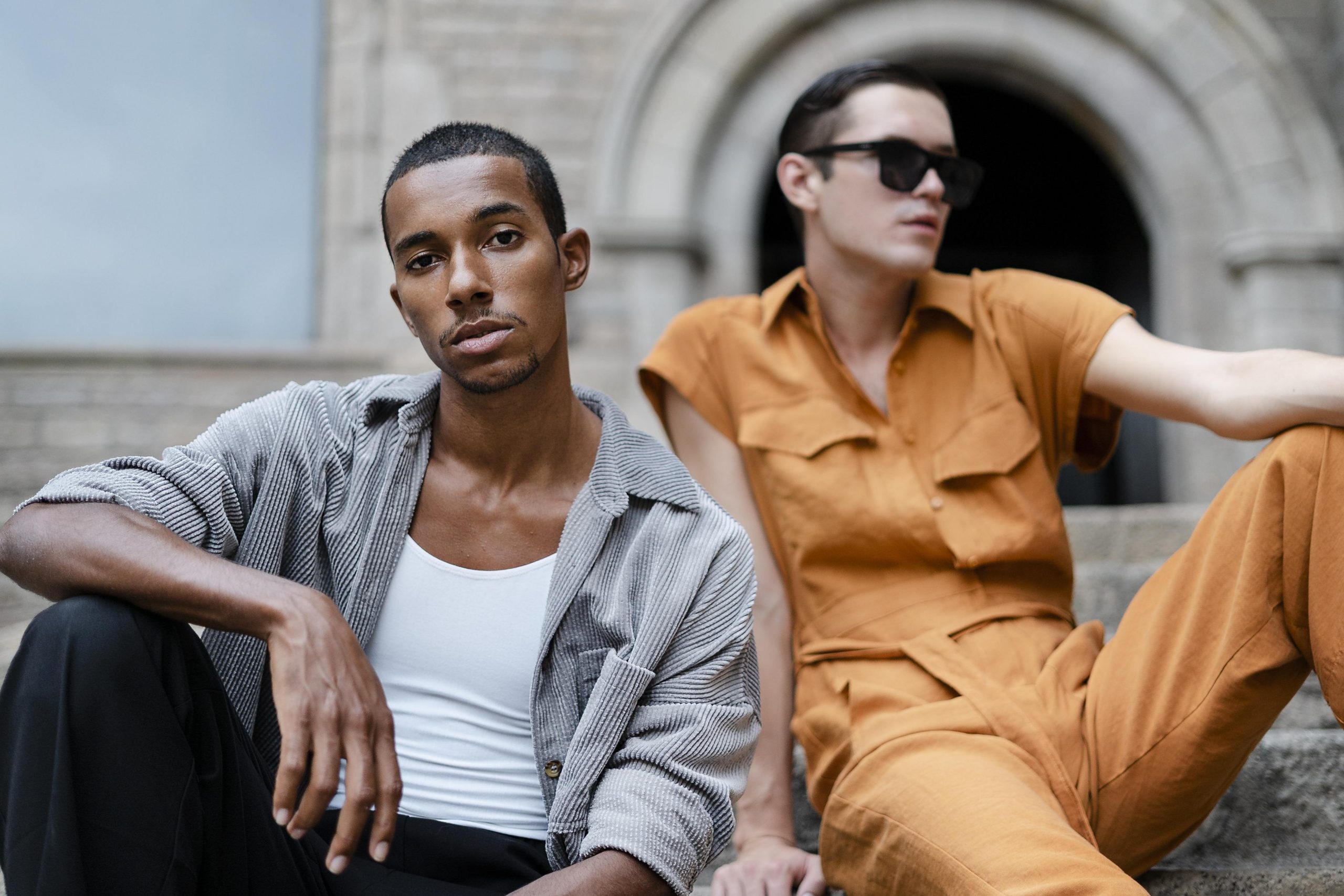Image by: Freepik
Gender-Fluid fashion is taking the world by storm. But is it a fad or here to stay?
The beauty of gender fluidity is its lack of definition.
Fashion has long been a powerful form of self-expression, allowing individuals to showcase their unique style and personality. In recent years, there has been a shift in the fashion industry toward embracing gender fluidity. Breaking away from traditional norms and expectations, gender-fluid fashion offers a platform for individuals to explore and experiment with their identity, regardless of societal constructs.
According to research conducted by the fintech company Klarna, around 50 percent of Gen-Z globally have purchased fashion outside of their gender identity and around 70 percent of consumers say they are interested in buying gender-fluid fashion in the future, with younger generations leading the way.
Brandon Ekwunazu, a legal studies major at the Fox School of Business and a writer for the Temple University Fashion and Business club, has studied and written about gender-fluid fashion. He mentions the importance of accepting gender-fluid clothing because it allows for individuals to see the clothing as more than a gender label.
“You’re not looking for clothes that are masculine or feminine,” says Ekwunazu. “It’s just clothes; clothes that you can wear if it fits you right, if it looks good on you, if you feel comfortable.”
With Gen-Z leading the way, the gender-fluid movement is taking the business of fashion by storm. The fluidity of this fashion movement encourages people to break free from societal expectations, allowing them to embrace a style that reflects their true selves and what they feel they look best in.
Gender-fluid fashion has not only made waves within the fashion industry but has also influenced the way people perceive fashion as a whole. It has sparked conversations about the need for more inclusive and diverse representations in advertising, runways and fashion campaigns. It has also sparked conversation in branding and marketing; how will gender-fluid fashion change the world of consumerism?
Tom Fung, an assistant professor at the Fox School with significant research expertise in the global fashion supply chain, says he’s seen things like this happen before.
Fung points to a Financial Times article that points to how, over the last decade, skinny jeans transitioned from a woman’s wardrobe into an article of clothing for anyone to wear. The boundaries of fashion are often pushed by a few early adopters before slipping into mainstream culture. So Fung believes that the trend is here to stay. But its longevity depends on the marketing and selling of gender-fluid clothing.
“The consumer is fundamentally going to be influenced by marketing,” says Fung. “It could be an influencer on TikTok, it could be anybody, but it’s a pull system. Micro-influencers using TikTok are pulling things to pull people into certain behaviors or consumer preferences.”
Fung says that traditional brick-and-mortar stores and online retailers may reevaluate their store layouts and product assortments to accommodate gender-fluid shoppers. Retailers can create spaces that are more inclusive and accessible to people of all gender identities, by offering gender-neutral fitting rooms or eliminating gender-specific sections.
But a company’s target audience plays an important role in determining if they will incorporate these types of changes. Fung predicts that niche companies that value progressiveness will strive toward including gender-neutral clothing, while some more mainstream companies may stay the traditional course.
“I don’t see Walmart jumping in [to this trend] because that’s not their core audience right now,” says Fung. “But a more niche company that knows their target audience will.”
This could be due to larger companies being afraid of appearing too political. For example, Fung suggests, look at Bud Light. Its spring ad campaign featured a transgender spokesperson—something that progressives applauded, but millions of Bud Light consumers did not.
“It’s also about the message you want to convey,” says Fung. “Do you want to take a somewhat politically neutral stance or are you leveraging diversity as a strength not a weakness?”
Yet the rise of gender-fluid fashion goes beyond mere clothing choices or political alignment; it represents a broader cultural shift and has the ability to challenge deeply ingrained societal norms. By pushing boundaries and redefining fashion’s role, this movement is playing a pivotal role in breaking down gender stereotypes and paving the way toward a new market.
